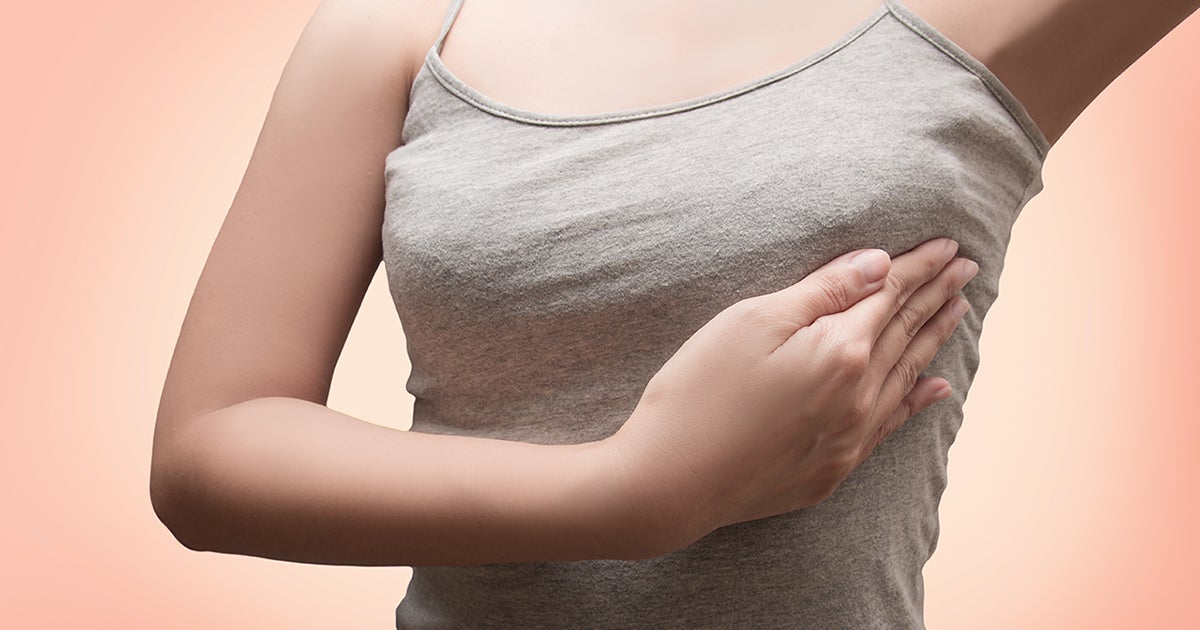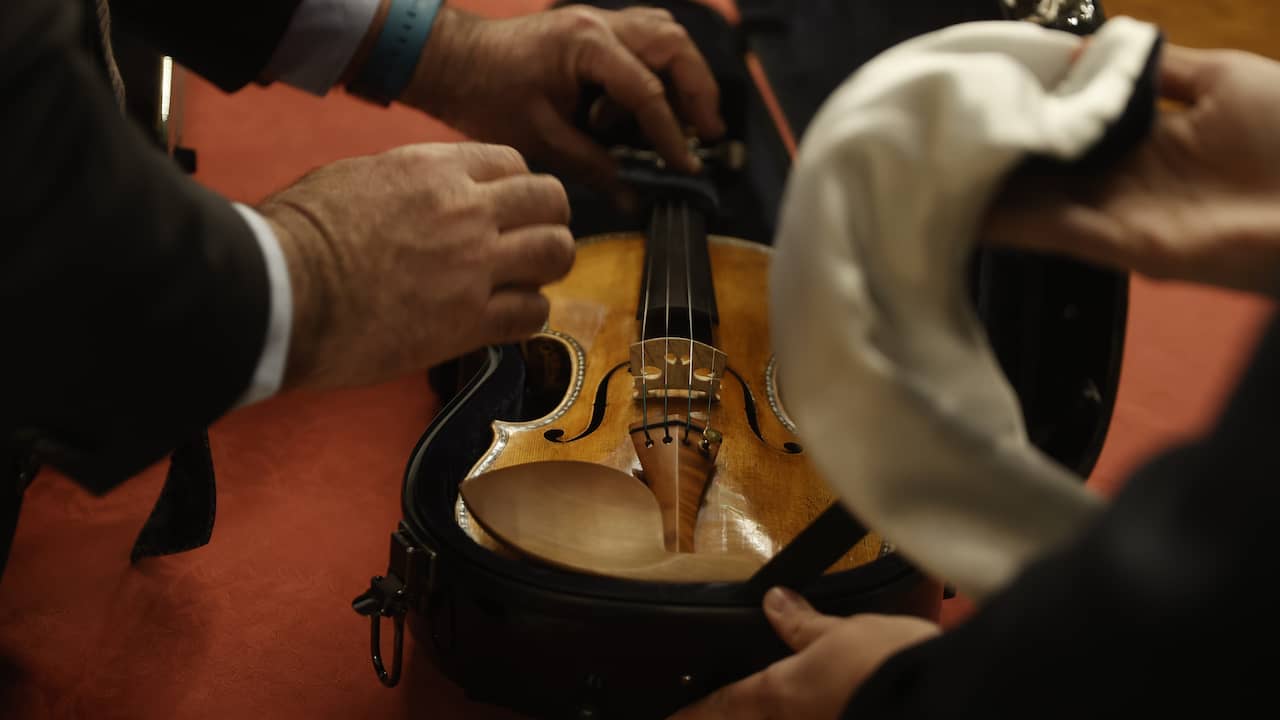Can we diagnose breast cancer even earlier with nipple fluid instead of a mammogram? That is the question that the nipple fluid research of the UMC Utrecht aims to answer. Yesterday Susana Schouten Patuleia obtained her doctorate for part of this large cohort study. Her main conclusions: women tolerate the sample well, the nipple fluid contains biomarkers that are easy to measure and the color of the nipple fluid has an influence on that measurement. In this article you can read more about Susana’s research.
Breast cancer is the most common cancer in women. In the Netherlands, more than 17,000 women are diagnosed with breast cancer, or a preliminary stage thereof. Treatment usually consists of surgery, together with radiation and, depending on the type of breast cancer, chemotherapy, anti-hormone therapy or targeted therapy.
Early detection of breast cancer is important for the outlook
In general, the smaller the tumor in the breast when it is discovered, the better the patient’s outlook. That is why it is important to detect breast cancer as early as possible. For more than 30 years there has been a breast cancer screening program in the Netherlands in which women between the ages of 50 and 75 receive a breast X-ray (mammography) every 2 years to detect a possible breast tumor at an early stage. Some women with a higher risk of breast cancer due to a genetic predisposition get an MRI scan in addition to the mammography.
With the mammography and MRI scan, the breast tumor can only be detected if it is large enough to actually be visible on the breast X-ray. “It would be even better if we could show that cancer cells are present before this is a visible tumor,” explains Susana Schouten Patuleia. “That’s why we started researching biomarkers in nipple fluid.”
Biomarkers may indicate cancer
Biomarkers are signaling substances that can indicate the early development of cancer in the body. If a biomarker is found, it may indicate that cancer treatment is needed. There are different types of biomarkers: pieces of DNA, certain proteins and microRNAs. These are signaling substances that can inhibit certain genes and appear to play a role in many different types of cancer.
“In our research, we looked at which microRNAs are present in nipple fluid,” explains Susana. “Nipple fluid comes directly from the breast, so the measured microRNAs can provide valuable information about a tumor that is developing.”
Biomarkers in nipple fluid that can detect breast cancer
To find out which microRNAs are possible biomarkers for breast cancer, Susana and her colleagues collected nipple fluids from women with breast tumors and from healthy volunteers. The researchers also took blood from both groups, in order to be able to make a comparison between biomarkers measured in nipple fluid and in blood.
“It is now clear which microRNAs can be measured in nipple fluid. “Obviously we are very curious about the microRNAs in women with breast cancer. We will be announcing those results shortly.”
Women tolerate the reduction of nipple fluid well
In her research, Susana also looked at what women think about nipple fluid reduction. Nipple fluid can be removed with an oxytocin spray that makes the muscles in the breast contract (this spray is also used to initiate breastfeeding) and by using a kind of pump set. In this way, nipple fluid can be removed from the breast of every woman, even in older women.
During the administration, the participants completed a questionnaire about how uncomfortable they found the study. Susana compared these answers with those of the mammography and the MRI scan (which is also increasingly being used to detect breast cancer). “Women indicate that they find the nipple fluid collection less burdensome than a mammogram or an MRI scan.”
Nipple fluid has different colors
Susana’s research also shows that nipple fluid has different colors: completely transparent (like water), yellowish or a more brown color. The clarity also differs: some women have very clear nipple fluid, in others it is more cloudy.
Susana: “The color and clarity influence how you can measure the microRNAs. Thanks to these findings, we now know how to correct for the different colors and degrees of transparency in future research. This will allow us to perform very reliable measurements in the future.”
Nipple fluid testing in women with a hereditary predisposition to breast cancer
With the results from Susana’s dissertation, her colleagues can continue the nipple fluid research even better. “The most important research is yet to come: determining which microRNAs distinguish between breast cancer and healthy breast tissue. We will also test these biomarkers in women with a high risk of breast cancer due to a genetic predisposition.”
“We have a research group with these women from whom we have collected nipple fluid and blood over the past few years. In this way we can also investigate whether the microRNAs were already abnormal before these women developed breast cancer. And if that test is available, we can advise these women very specifically when preventive breast surgery is necessary. The ultimate goal is that women never have to undergo such an operation too early, never too late and never unnecessarily.”
More information
Susana Schouten Patuleia obtained her doctorate on Thursday 9 June at the Faculty of Medicine at Utrecht University. Her promotors are Prof. Elsken van der Wal and Prof. Paul van Diest, co-promoters are Dr Cathy Moelans and Dr Karijn Suijkerbuijk. The dissertation is titled: Early detection of breast cancer by organ-specific and circulatory liquid biopsies. Susana is now training as a radiologist at the Amsterdam UMC.
Useful Links
–
–
–
Susana Schouten Patuleia
Questions, comments or tips for the editors?
–
–


